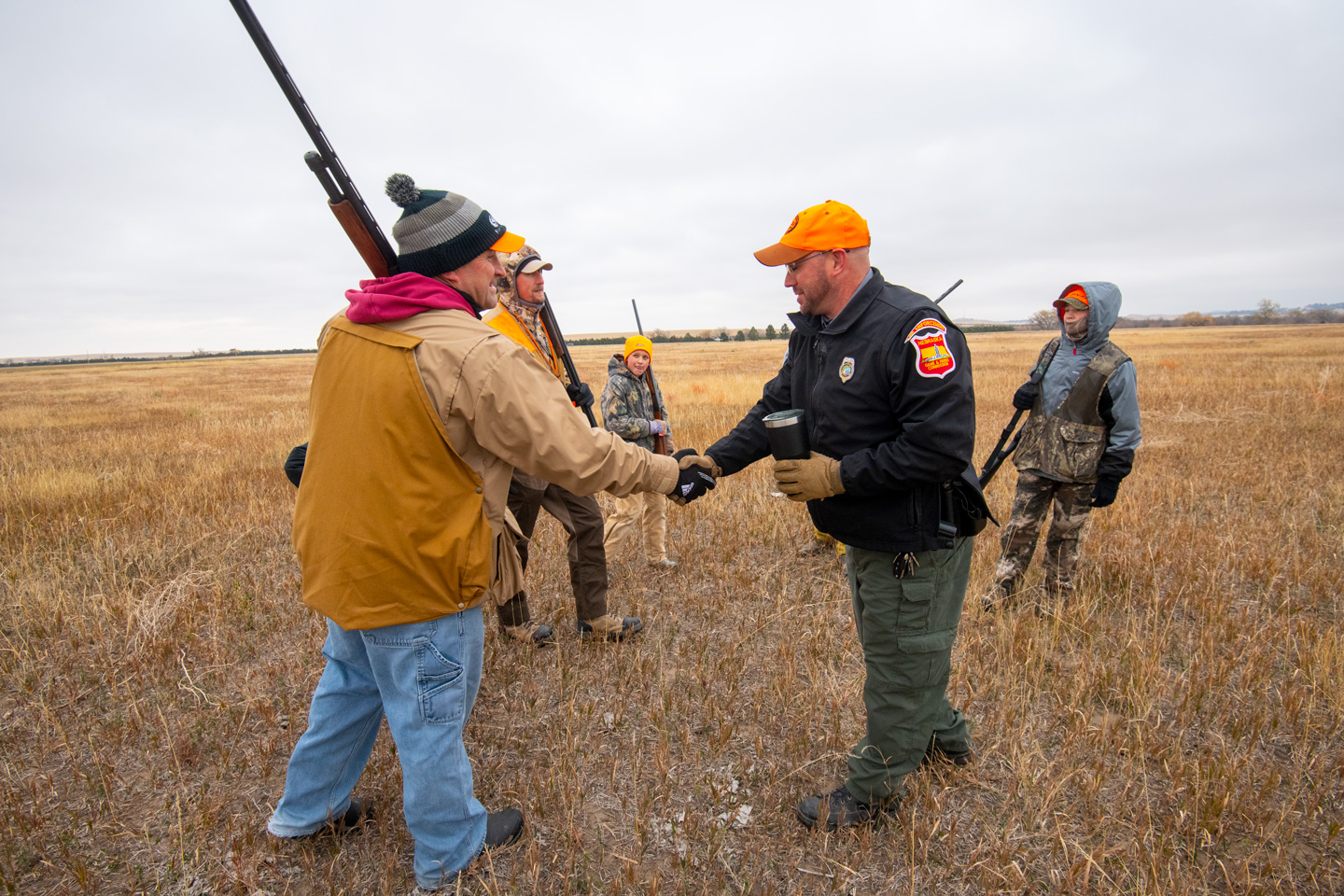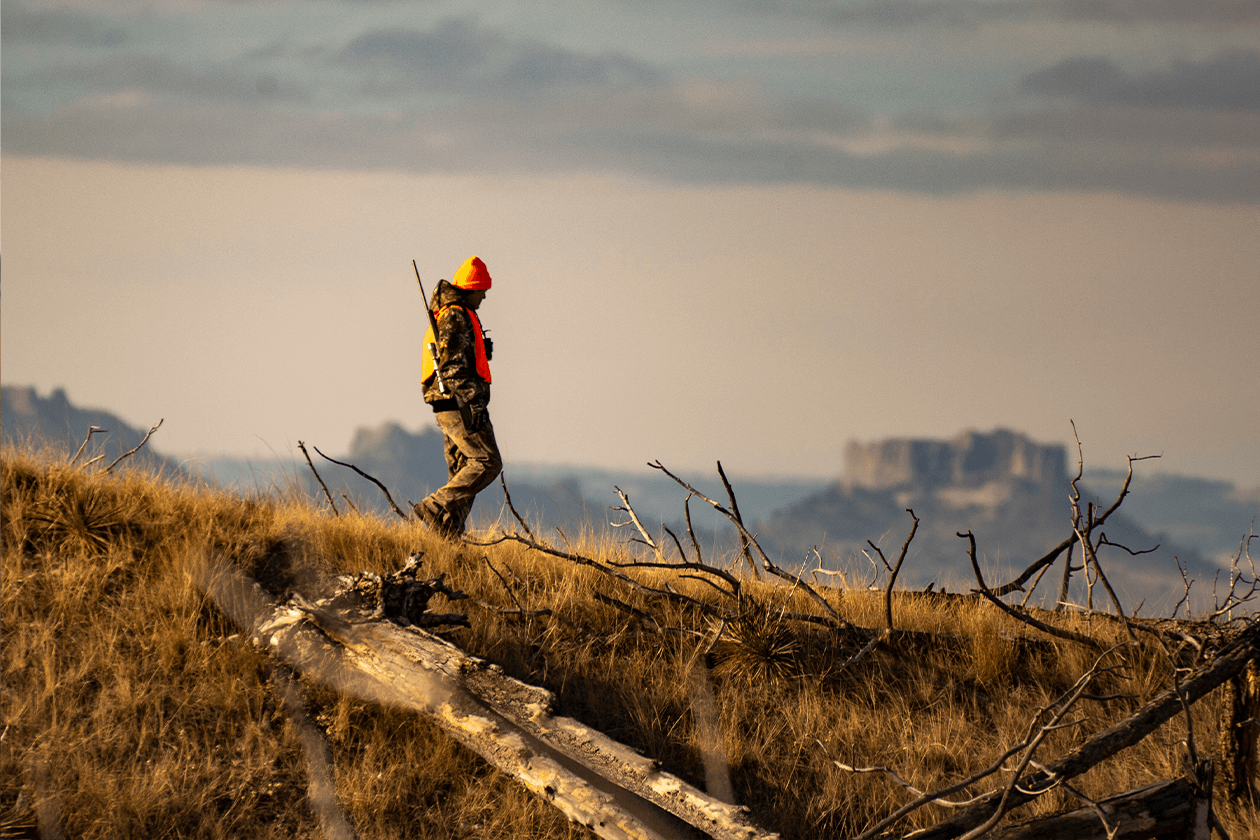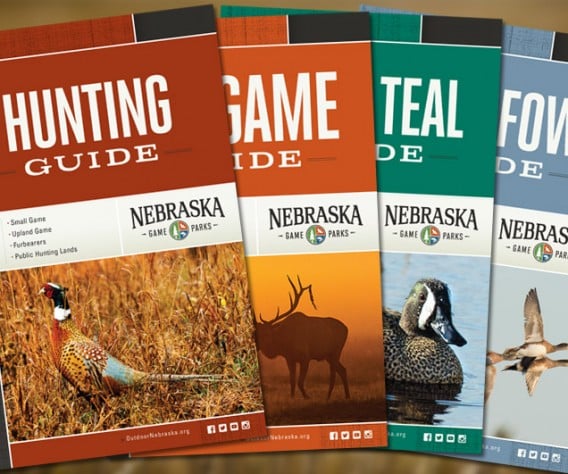Furbearers
Nebraska has a wealth of furbearing species, which provide opportunities for wildlife watching, hunting and trapping.
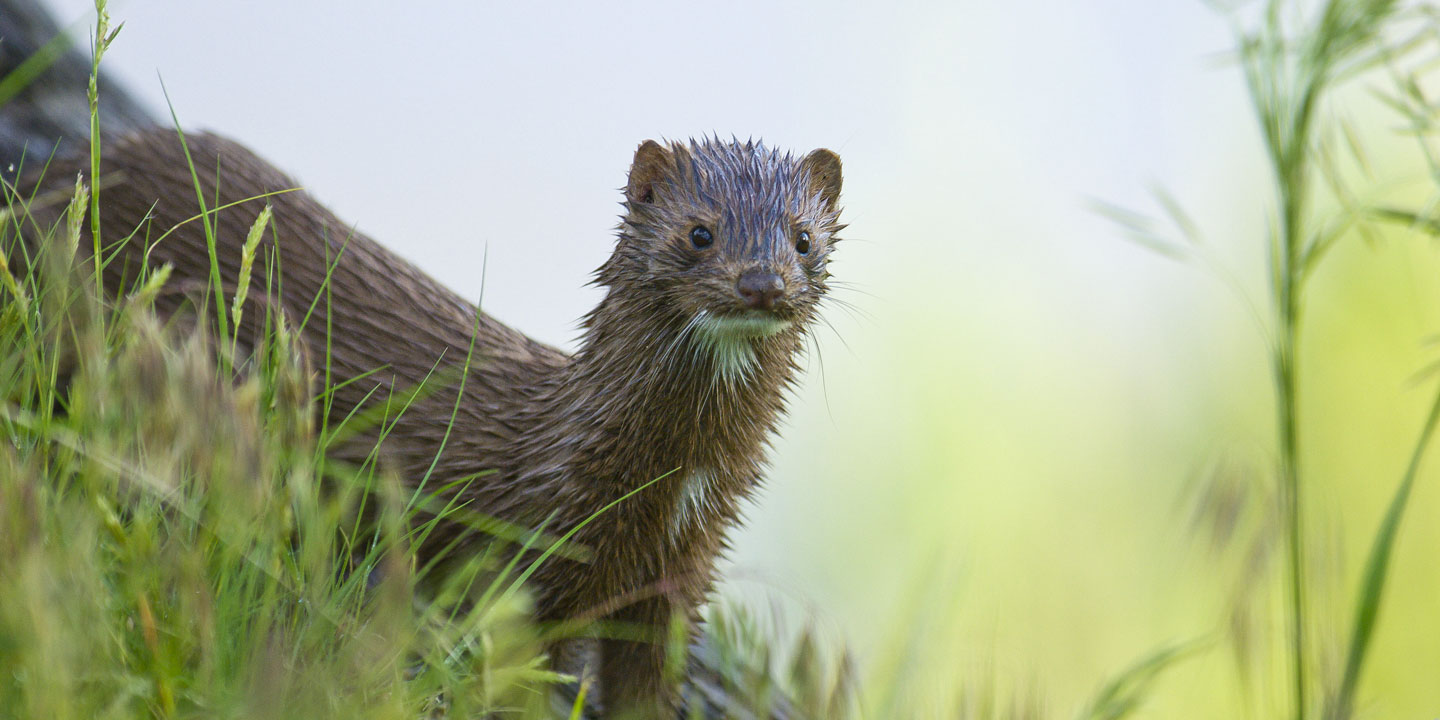
Nebraska has a wealth of furbearing species, which provide opportunities for wildlife watching, photography, hunting and trapping. Furbearers are a group of native mammals that have valuable fur. Furbearers with a harvest season include badger, beaver, bobcat, mink, muskrat, opossum, raccoon, red fox, river otter, gray fox, striped skunk and long-tailed weasels. Coyotes and woodchucks are nongame and thus, not protected as furbearers; however, they also possess valuable fur and are commonly harvested in Nebraska.
Most of the furbearing species that are harvested are common or abundant in Nebraska. Regulated harvest through hunting and trapping seasons is an important management tool needed to control populations and damage that these species can cause. Hunting and trapping seasons are typically designed to allow the harvest of furbearers during the fall and winter when the pelts are prime, and they are less likely to have dependent young. There are no bag limits other than a limit of one river otter per season for each harvester, and no specific harvest units for furbearers. Trapping and hunting furbearers is a time-honored tradition that provides the ability for families to enjoy time well spent in the great outdoors, earn extra income and help mitigate problems.
For furbearer hunting and trapping season dates, refer to the most recent Small Game & Waterfowl Guide.
Primary hunting and trapping season
Badger, mink, opossum, raccoon, red fox, gray fox and long-tailed weasels may all be hunted and trapped during the primary hunting and trapping season. Additional furbearers may be hunted and/or trapped along with these species; however, they have special rules or seasons that are addressed below.
Species with specific rules or seasons
Beaver and muskrat may be trapped only. There is no hunting season for these species. Beaver and muskrat damage permits allow these species to be controlled outside of the harvest season. To inquire about obtaining a beaver and muskrat damage permit, please contact the nearest Game and Parks office.
Bobcats may be hunted or trapped. All bobcats harvested in Nebraska must be registered and tagged by the Game and Parks within two calendar days of the close of the season and before the pelt is sold. To prepare a carcass for tagging, create a small hole and insert a stick, pencil or similar object between the lower eyelid and the eye so the stick exits behind the upper lip. This will allow the bobcat to be tagged even when frozen. Otherwise, bring a thawed carcass or dried pelt.
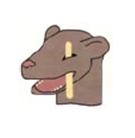
Gray foxes may be hunted or trapped. All gray foxes harvested in Nebraska must be registered and tagged by the Game and Parks within two calendar days of the close of the season and before the pelt is sold. To prepare a carcass for tagging, create a small hole and insert a stick, pencil or similar object between the lower eyelid and the eye so the stick exits behind the upper lip. This will allow the fox to be tagged even when frozen. Otherwise, bring a thawed carcass or dried pelt.
Raccoons and opossums may be hunted but not trapped during the early hunt-only season. This season was initiated to provide additional opportunity to harvest these common species in an effort to reduce agricultural damage. Raccoon and opossum may also be hunted and trapped during the primary hunting and trapping seasons.
Otter may be trapped only. The season bag limit is one. Harvest is allowed statewide during the season.
Harvested otters must be officially tagged by Game and Parks within two business days after the close of the season (same as bobcats), with the permittee furnishing the date and location of harvest before attaching the harvest seal.
Any incidental take of a river otter outside of the harvest season, or beyond daily or season bag limits, shall be unlawful unless the animal is immediately released, if viable, or the harvester reports the take within 24 hours and turns the carcass over to Game and Parks.
About otter trapping
Nebraska’s harvest season for river otters follows the guidance of the Game and Parks’ River Otter Management Plan. Harvest will allow the Nebraska Game and Parks Commission to learn more about river otter distribution, while still allowing the population to expand.
Striped skunks may be harvested year-round by hunting or trapping.
Bobcat, opossum, raccoon and red fox may be pursued or chased with hounds, but not harvested during the portion of the year when harvest is not allowed. A fur harvest permit is required to pursue these species during the running season.
Unprotected nongame animals, such as coyotes, may be harvested year-round. Their pelts are prime during the primary hunting and trapping season, and that is when most coyotes are trapped and hunted. Electronic predator calls and thermal scopes are allowed when hunting coyotes.
Urban coyotes
The presence of coyotes (Canis latrans) on urban and suburban landscapes is neither surprising nor necessarily cause for concern. Coyotes are highly adaptive members of the dog family and have demonstrated an ability to survive in the most urbanized environments in cities across North America. Most urban coyotes go about their lives without ever raising awareness of their presence among their human neighbors; however, coyote sightings are becoming more common in urban areas across the U.S., including in the Omaha metro area. For more information on living with urban coyotes, keeping pets safe and what to do in case of an encounter, visit nebraskawildliferehab.org.
Related Content
Hunting permits
Purchase hunting, big game and turkey permits, as well as supertags and combo lotteries.
Season dates
With a broad diversity of species and seasons, hunters in Nebraska can have a busy year. Find our comprehensive list of season dates by species.
Rules, orders & regulations
Find the current orders, rules and regulations for Nebraska's fish, game and park spaces.

